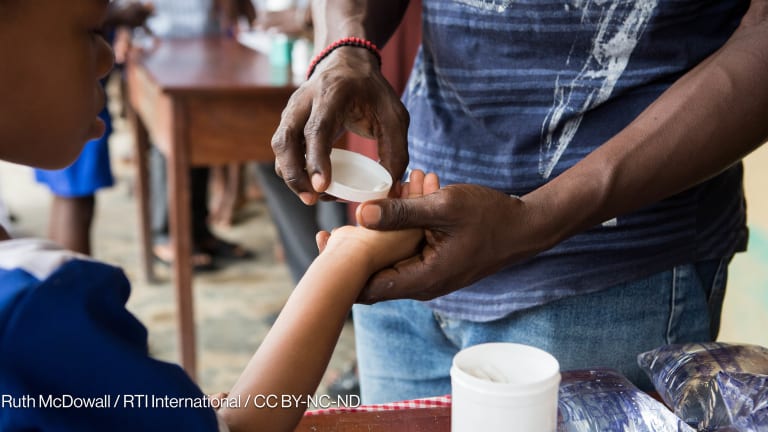In 1897, Dr. Ronald Ross — an Indian-born British surgeon who counted poetry, mathematics and songwriting among his other passions — made a medical discovery that would change the course of history.
Stationed in Secundebad, a monsoon-drenched city in central India, Ross identified the malaria parasite in the gut of a dissected Anopheles mosquito. His discovery confirmed that the winged pest was, in fact, responsible for spreading one of the oldest, deadliest and most devastating diseases on the planet.
Ross was knighted and awarded a Nobel Prize for his efforts and deservedly so — his discovery laid the foundation for the modern fight against malaria.
Printing articles to share with others is a breach of our terms and conditions and copyright policy. Please use the sharing options on the left side of the article. Devex Pro members may share up to 10 articles per month using the Pro share tool ( ).








